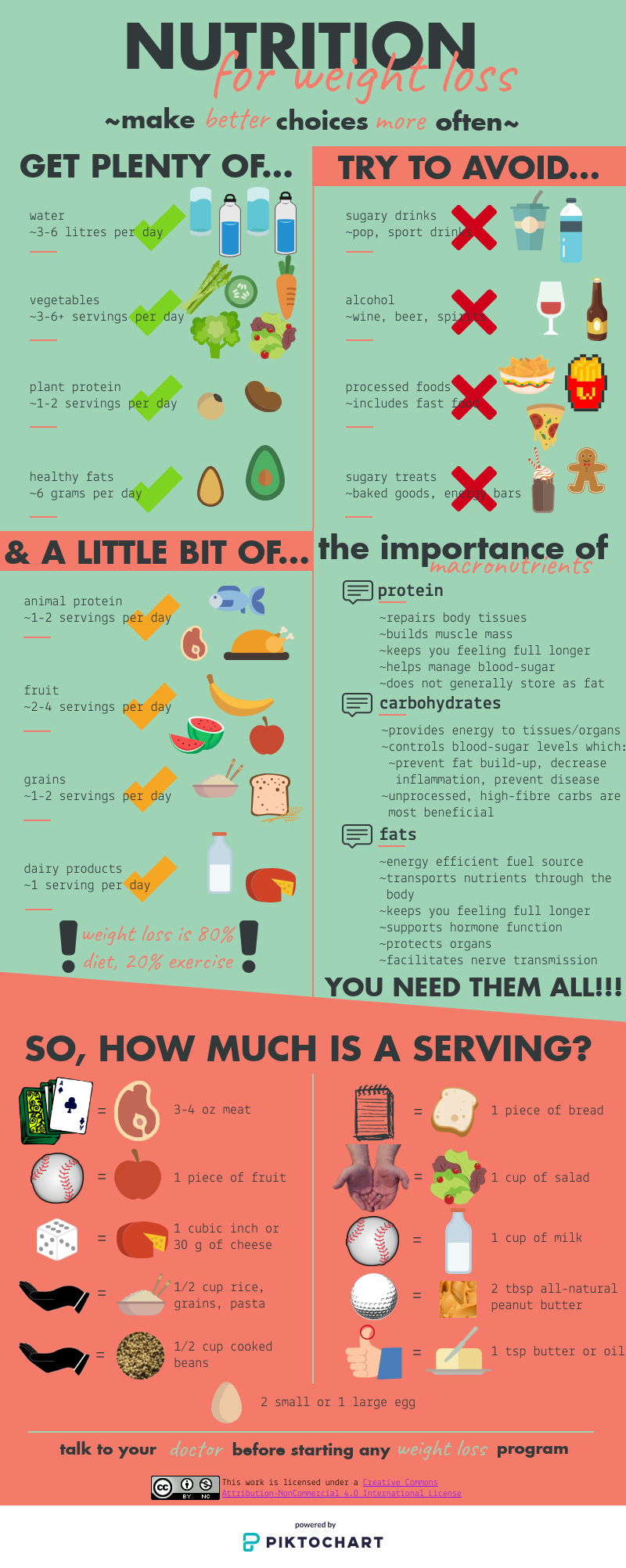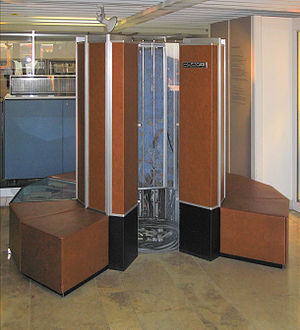
Trends
Infographic – PIDP 3240 Assignment 3

Podcast – Social Media
In this podcast I explore the impacts social media has had on our communication and information sharing capabilities.
Click here to listen!
Trends in Adult Education: Aha!
When researching trends in adult education, there were a number of extremely thought-provoking moments for me. I am very fortunate to have a learning partner that engaged me in some very interesting conversation. We dicussed how technology is really changing the environment that people learn in and how this will influence the expectations that students will have regarding their instructor’s ability to leverage this technology to communicate and teach.

The topic that I found most interesting was when connecting the idea of Edgar Dale’s Cone of Learning with the technological advances that are becoming more mainstream, such as 3D immersive learning and using mobile applications as learning tools. My initial thought was that this engagement should be considered “active learning” and, therefore, increase the student’s retention.
That being said, my “Aha!” moment was when I realized that, although these technological advances change the way students are able to learn, they cannot replace the benefits gained from experiencing the hands-on application of the information.
I realized that using mobile applications and 3D technology, though more involved than just reading, hearing words and looking at pictures (“passive learning”), they cannot truly be categorized as “active learning”.
Maybe there can be a new category added to Dales’ Cone of Theory… We can call it “Progressive Learning”. Perhaps this can be passed on to Dale’s people for further research! 🙂
Trends in Adult Education (2 of 3): Implications
It’s an exciting time we live in (technologically speaking): accessibility to unlimited information, the ability to communicate with someone across the world with ease, access to global positioning systems (GPS) that were only accessible to military less than 20 years ago.

Cray-1 Supercomputer (1975)
And all of this in a device that fits in your hand, which has 1,000 times more computing power than history’s “most successful supercomputer”, Cray-1, built just 42 years ago!
With the world rapidly advancing towards its next technological breakthrough, it’s important to keep in mind, as adult educators, how we can utilize technology to benefit both the learner and the teacher. The trends that my learning partner and I discussed were the use of 3D technology in the classroom, and the use of mobile applications (Apps) in adult learning.
3D technology is quickly becoming very easily accessible to the public, and the immersive experience that it provides can prove to be very valuable to learners, as discussed in the previous blog. I can certainly see myself utilizing such technology in my teaching.
As a teacher to adult learners, I have also found a few Apps that I will use in my teaching. One of the Apps that stood out to me as being of high value for students is Evernote, a tool to help keep students’ ideas and studies organized. As a teacher, I will use Apps such as Explain Everything, which is useful for developing instructional videos and other course content, and Teacher Aide, for tracking assignments, rubrics, goals and successes of students.
Even outside of the classroom, Apps have changed the way that adults can learn. Just typing “learn” into Google Play brings up a myriad of options, from learning a new language (such as Duolingo), to learning how to develop computer code (SoloLearn: Learn to Code).
While the concept of using technology, such as 3D learning and Apps, is useful in promoting adult education, it’s important to keep in mind some of the limitations and challenges around this.
With respect to using Apps, not all adult learners are at the same comfort level with technology to use Apps to their full capability (though technologically savvy adults are becoming increasing common). Additionally, some Apps may cost money that students are not willing to spend, not all Apps are available on all platforms (i.e. Apple Store and Google Play do not offer all of the same Apps), and some students may not have smart phones.
With respect to 3D technology, one challenge is keeping all of the teachers trained on the use of this technology as it becomes more integrated into lesson planning. Another challenge is the financial commitment required as this evolving technology improves, and ensuring that you don’t “buy in” to a system that doesn’t take off (such as Google Glass, which, after less than a year stopped being produced). As my learning partner pointed out, there is also the question of how taking the “pseudo practical experience” gained from a 3D learning experience applies to the same practical activity in the real world. Oh, plus there is the possibility of motion sickness! Yikes!
Trends in Adult Learning (1 of 3): There’s an App for that!
When looking at current trends in adult education, it’s hard to ignore the influence that technology has, whether you are looking at the impacts in a classroom setting, how it changes on-the-job learning, or how it encourages less formal learning opportunities.
 Take, for example, the world of mobile applications (or Apps). It is hard to think of a need these days, and not be able to download an App to achieve your objective. We all know this is true when your objective is, say, killing time (anyone else on level 481 of Candy Crush Soda?!), but how can Apps influence the way adults learn?
Take, for example, the world of mobile applications (or Apps). It is hard to think of a need these days, and not be able to download an App to achieve your objective. We all know this is true when your objective is, say, killing time (anyone else on level 481 of Candy Crush Soda?!), but how can Apps influence the way adults learn?
I studied the article “50 Of The Best Teaching & Learning Apps For 2016” and found it very interesting to see just how many of these target adult learners. It was even more surprising to see that these Apps are not limited to supporting the adult learner; there are just as many Apps for educators!
My learning partner introduced me to the concept of 3D learning and how it is being used as a learning tool. She also related her research back to Edgar Dale’s Cone of Learning, which is a fascinating depiction of how people learn. Not surprisingly, when involved in active learning (saying and doing), we are able to retain 70-90% of what we learn, versus the 10-50% when involved in passive learning (reading, hearing and seeing).
Both of the trends that we researched lend to the ease of adults having the opportunity to do more active learning, thereby increasing their ability to retain newly learned information.
Mobile Phone Apps photo from: http://www.sginteractive.com.sg/mobile-apps/